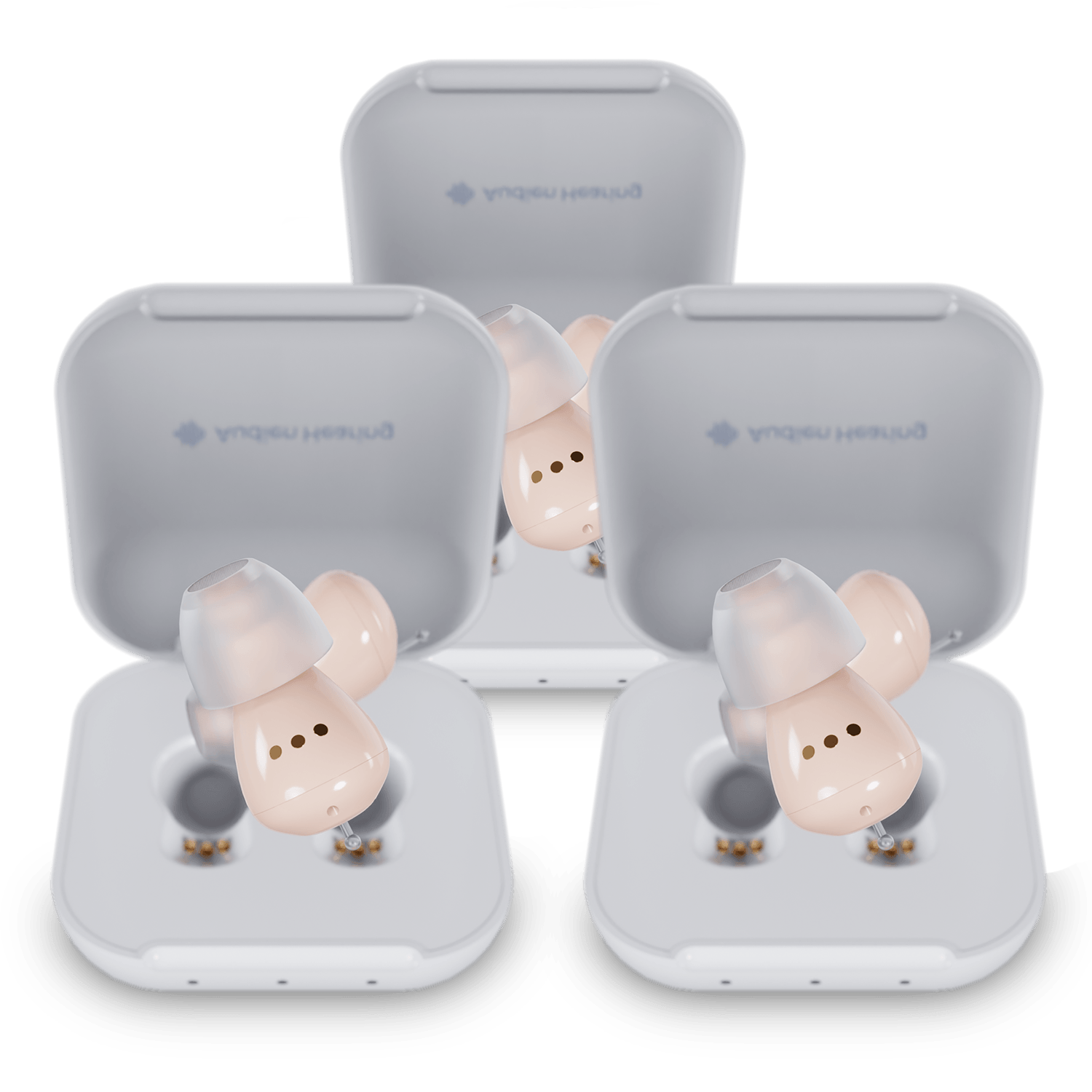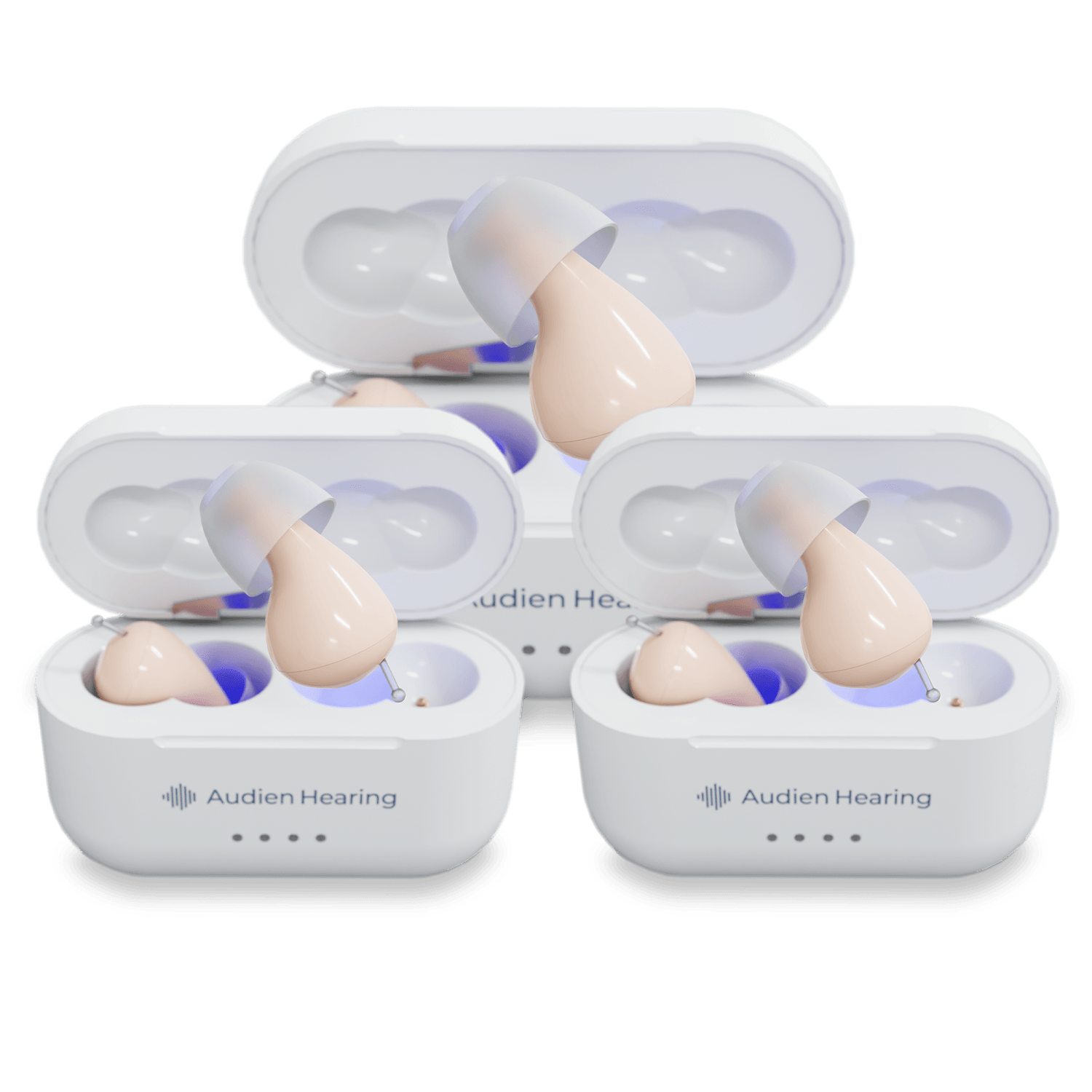Any form of injury is something to be taken seriously, but this couldn’t be any more true for injuries to the ear. The ear plays a vital role in your ability to take in information in your environment, and an injury could jeopardize your ability to hear.
Many injuries are blatantly obvious when they are a cause for concern. But, the ear can be elusive when it comes to understanding the severity of an injury.
Below is a closer look at some notable ear injuries, symptoms you should be on the lookout for, how they may be diagnosed, as well as ways they may be treated.
Foreign Object Injury
Overall, ear injuries associated with foreign objects in the ear canal are amongst the most common. Cotton swabs tend to be the most prevalent culprit, but any object that is inserted into the ear canal can cause an ear injury.
Many people have a misconception that their ears need to be routinely cleaned. The reality is that, in most cases, the ear is a completely self-cleaning organ that is able to naturally expel wax. Nearly all medical professionals agree to leave your ears alone and to not use cotton swabs or any foreign object to clean out the ears as they can pose the risk of injury.
Below is a closer look at the symptoms to be aware of following a foreign object injury, how it may be diagnosed, as well as how it may be treated.
Symptoms of an Ear Injury
Following an injury involving a foreign object in the ear, the very first symptom you will want to look out for is a loss of hearing. These injuries can result in sudden hearing loss in one ear and could be an indication that the eardrum has been perforated.
The eardrum is a thin membrane that is able to oscillate as a result of sound waves entering the ear. If a hole is created through the membrane, it is unable to conduct sound. This can result in sudden hearing loss.
Another symptom to be aware of is excessive pain and bleeding. An injury to the outer structure of the ear or ear canal may require medical assistance to properly close and ensure it won’t get infected.
Diagnosis
If you are compelled to go to the doctor after a foreign object injury, the main tests that may be utilized include a visual exam and a hearing test. The visual exam will help the physician to determine if there are any injuries to the eardrum or canal. The physician may also conduct a number of different hearing tests to determine if any damage was sustained further in the ear.
Treatment
The treatment for a foreign object injury would first be to remove any part of an object that remains in the ear. The removal of any objects is an important aspect of allowing the ears to heal properly.
If a perforated eardrum did occur due to the injury, antibiotic drops might be prescribed to ward off infection. Additionally, your physician will likely recommend that you avoid blowing your nose and avoid getting water in your ear till it is healed.
In many cases, the eardrum will heal on its own in a couple of weeks, but there are instances in which it is unable to completely heal on its own. If the eardrums are unable to completely heal, surgery may be required to repair the membrane.
Pinna Injury

The outer region of the ear is known as the pinna, and it plays an important role in funneling sounds into the ear canal. The unique shape of the pinna helps you to localize sound in your environment.
The pinna is largely made of cartilage which allows it to be elastic and semi-rigid. When experiencing a head injury, it is easy for the ear to get caught on something or even smashed against the skull. Potential outcomes include a laceration, bruise, or even a tear of the ear, known as an avulsion. Below is a closer look at what you should be aware of if you have sustained an outer ear injury.
Symptoms To Watch Out for
Injuries to the outer ear can range from visible lacerations all the way to internal hematomas. Because of this, there are a number of different things you will want to look out for when it comes to outer ear injuries.
The first thing you will want to look for is bleeding. Bleeding is an indication of a laceration or avulsion. When bleeding is identified, you should try and determine the source. Many outer ear injuries are superficial. There is a possibility that an ear injury is bad enough that it may require stitches and repair. Once the source of bleeding is identified, you should find some medical gauze and apply pressure to help reduce bleeding until you get to the doctor.
If bleeding is not present after an injury to the outer ear, you may need to keep an eye out for bruising. Bruises are a form of internal bleeding. While most bruises are able to resolve on their own, the outer ear can suffer from a condition known as subperichondrial hematoma due to bruising.
Subperichondrial hematoma is also known as cauliflower ear; it comes as a result of ear bruising. Due to the anatomical makeup of the ear, when bruising occurs, it can cause the cartilage tissue to die underneath, resulting in a deformed appearance of the ear.
If your ear is quite bruised following an outer ear injury seeking care early can help to mitigate the chances of developing cauliflower ear.
Diagnosis
With an external ear injury, the only step needed to diagnose the issue is a visual exam. Upon a visual exam, a medical professional will be able to determine the best plan of action, whether that be stitches, the drainage of a hematoma, or other medical interventions.
While the outer ear requires no further evaluation, the physician may order other tests having to do with the middle and inner ear to ensure no other damage was sustained to the ear.
Treatment
When it comes to a pinna laceration or avulsion, the first step of treatment is to clean the wound to prevent infection. With breaks in the skin, the body becomes susceptible to infection, and cleaning the wound helps to mitigate those chances.
The medical professional will likely then utilize stitches to reconnect the tissue to allow for wound closure and proper healing. Post-procedure care may also be given to reduce the chances of wound infection.
If a bruise of the ear is suspected and experiences a hematoma, the first step would be to drain the excess fluid. Once the fluid is drained, the outer ear would need to be compressed in some way.
This ensures that the fluid doesn’t continue to pool in that area and potentially cause cauliflower ear. There are a number of ways in which this can be done, including wrapping the ear to the head for compresses or, more popularly, there are molds that can treat cauliflower ear.
Internal Ear Trauma
While many of the injuries discussed have been in the external components of the ear, a blow to the head also has the ability to injure the internal parts of the ear, like the middle and inner ear. These injuries can be serious and impact your ability to hear in the long run.
Take a closer look at internal ear trauma following a hit and what you should know.
Symptoms
The main symptoms associated with internal ear trauma include a decreased ability to hear, headache, vertigo, dizziness, pain, and tinnitus. Unlike other signs, many of these will not have visual indications of injury. Rather, you have to rely on how you feel. If you do experience any of these, you should seek care.
Diagnosis
The diagnosis of internal ear trauma typically consists of a number of audiological tests to determine if hearing loss is present and the location of the internal injury. Tests such as audiometry, tympanometry, and bone conduction will typically be added on if needed.
Treatment
Injuries to the internal structures of the ear (like the inner ear bones or the cochlea) can be challenging. Depending on your specific injury, there may not be anything that can be done. These forms of injuries are rare, but they can leave you with a degree of hearing loss. Hearing aids or surgery may be offered to potentially help.
Hearing and Healing

Injuries to the ear can happen in a number of different ways from a hit. Understanding the different possible injuries as well as their symptoms, diagnosis, and treatment can allow you a better time knowing when an injury may warrant medical attention.
Sources
Why You Shouldn't Use Cotton Swabs to Clean Your Ears | Noisy Planet | NIH
Ruptured eardrum (perforated eardrum) - Diagnosis and treatment | Mayo Clinic













